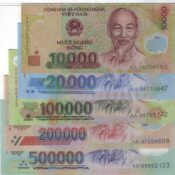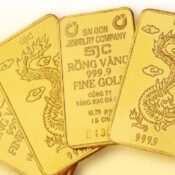Hoa Lu Ancient Capital (Ninh Binh)
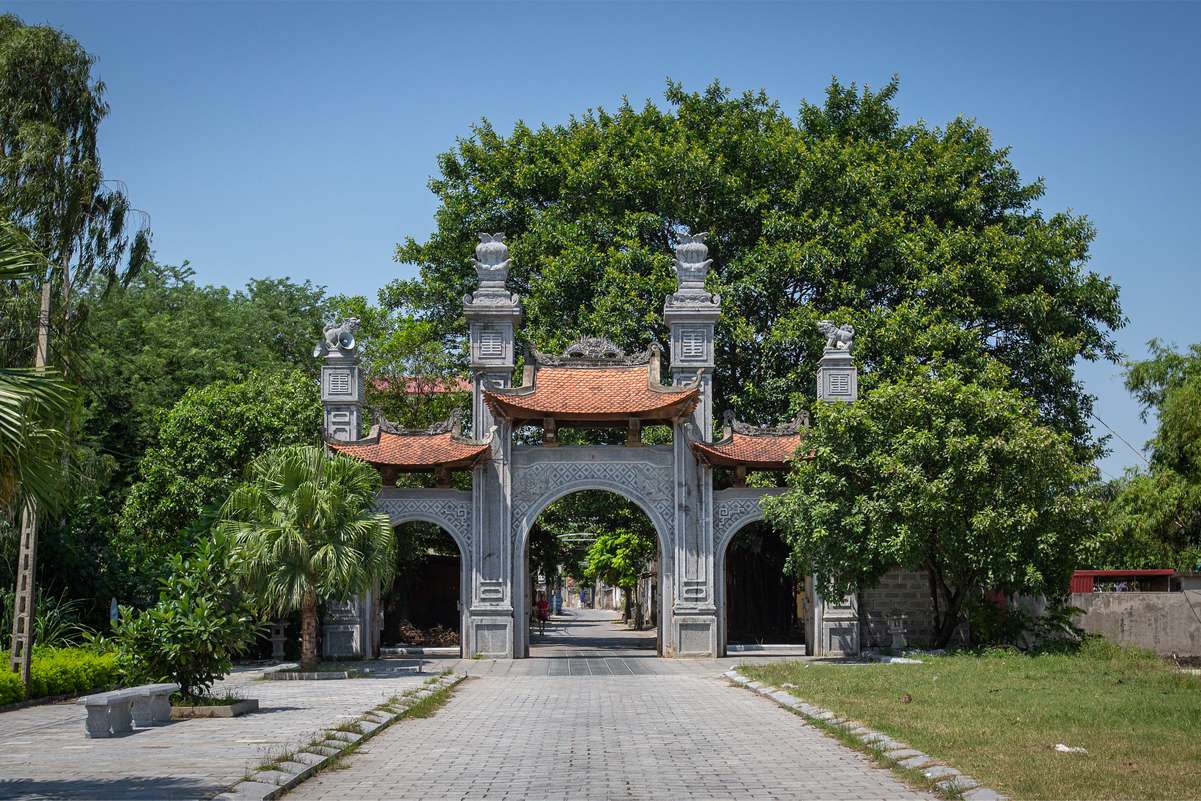
Hoa Lu Ancient Capital (Ninh Binh)
Ninh Binh is famous for its stunning natural beauty and incredible historical and cultural heritage. If you want to experience an ancient space imbued with Vietnamese culture, Hoa Lu Ancient Capital will be a must-visit destination.
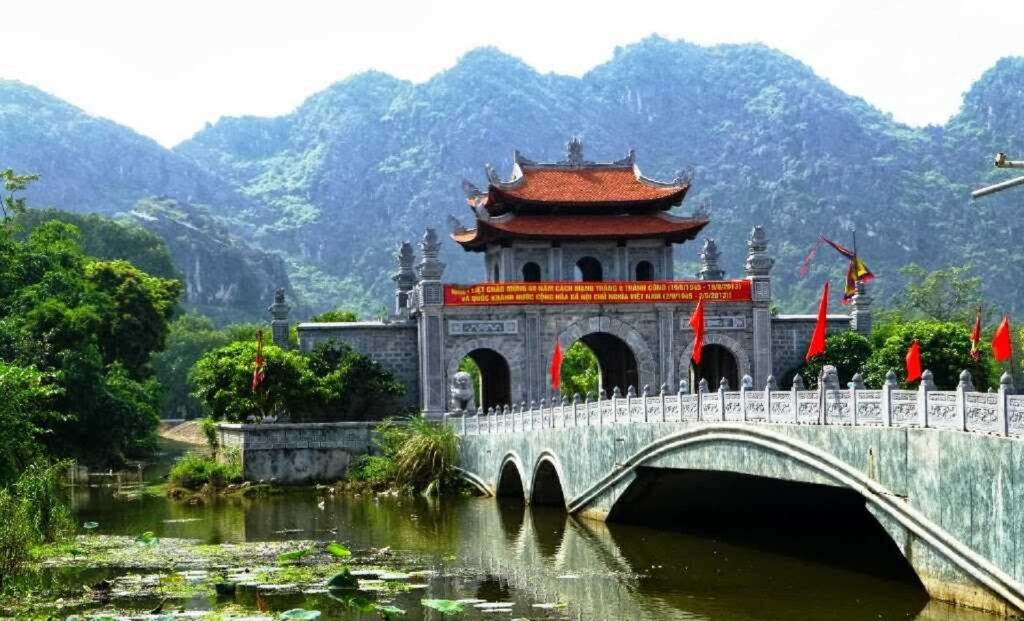
As one of the four core areas of the Trang An World Heritage Complex, Hoa Lu Ancient Capital relic site is a special destination with strong cultural and historical values. Today, Hoa Lu Ancient Capital still carries the quietness of time but is still majestic, reminiscent of a golden age.

Hoa Lu Ancient Capital: A Glimpse into the Past
Hoa Lu Ancient Capital is a special national relic complex. For the first time in history, Hoa Lu became the capital of the Central Feudal State of Vietnam, where the careers of three dynasties: Dinh, Le (Pre-Le), and the beginning of the Ly Dynasty originated.
Dating back to the 10th century, when the country had just gained independence and autonomy, King Dinh Tien Hoang and King Le Dai Hanh chose the rugged land of Hoa Lu to establish the capital, also to build an “impregnable” military citadel to deal with enemies. Due to the surrounding mountainous terrain, interwoven with rivers and streams, Hoa Lu had a solid natural wall, helping to protect the capital from invaders.
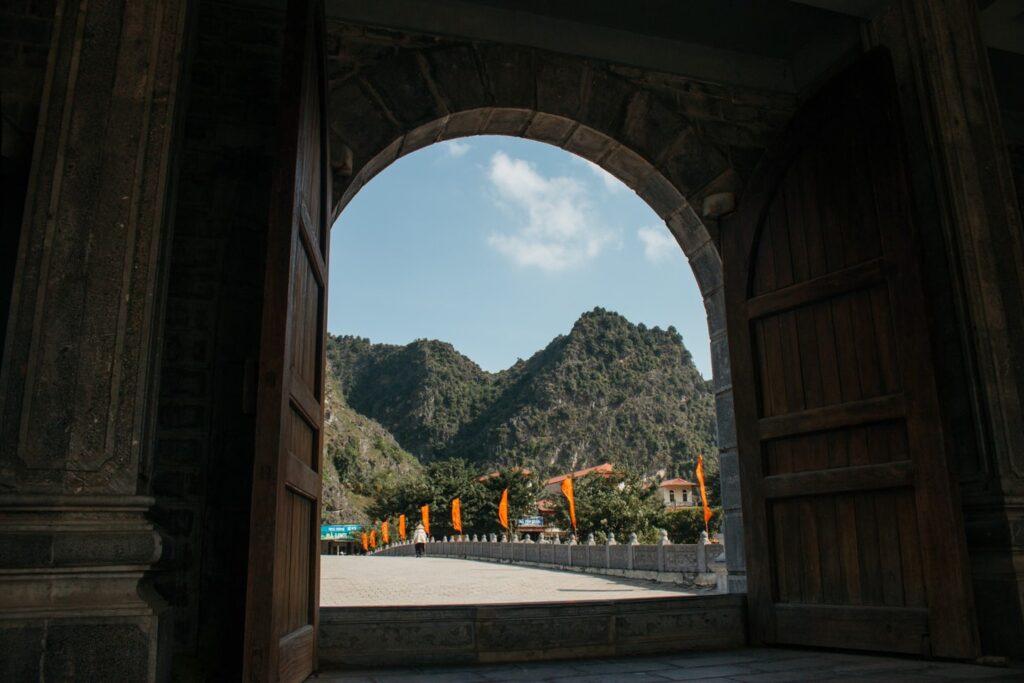
In 1010, King Ly Thai To moved the capital to Dai La, later renamed Thang Long (present-day Hanoi). Hoa Lu became the ancient capital. Although later kings no longer lived here, Hoa Lu Ancient Capital continued to be built with solid architectural works with temples, pagodas, and shrines, has been preserved to this day.
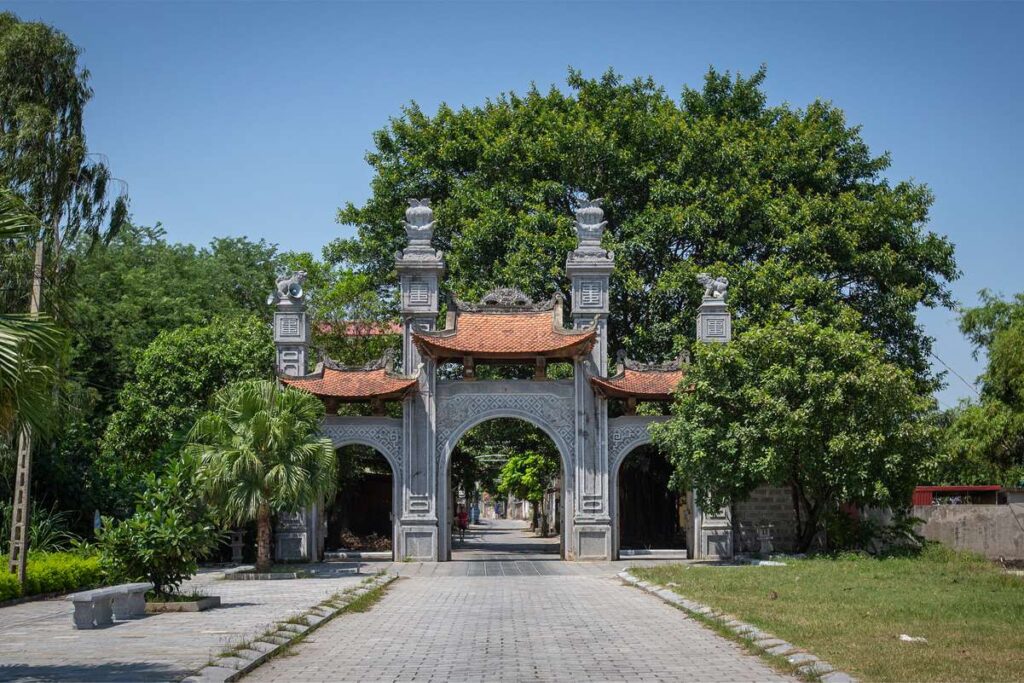
Hoa Lu Ancient Capital is a complex of relics with architectural works of walls, caves, temples, tombs and other works of high historical and cultural value. Related relics in the Hoa Lu Ancient Capital complex played an important role during the Dinh Dynasty, including the ancient Bai Dinh pagoda system, the South Gate, the Dong Gate, Hoa Lu Cave, Thien Ton Cave, Dinh Bo Linh Temple and other relics of King Dinh in Ninh Binh Province.
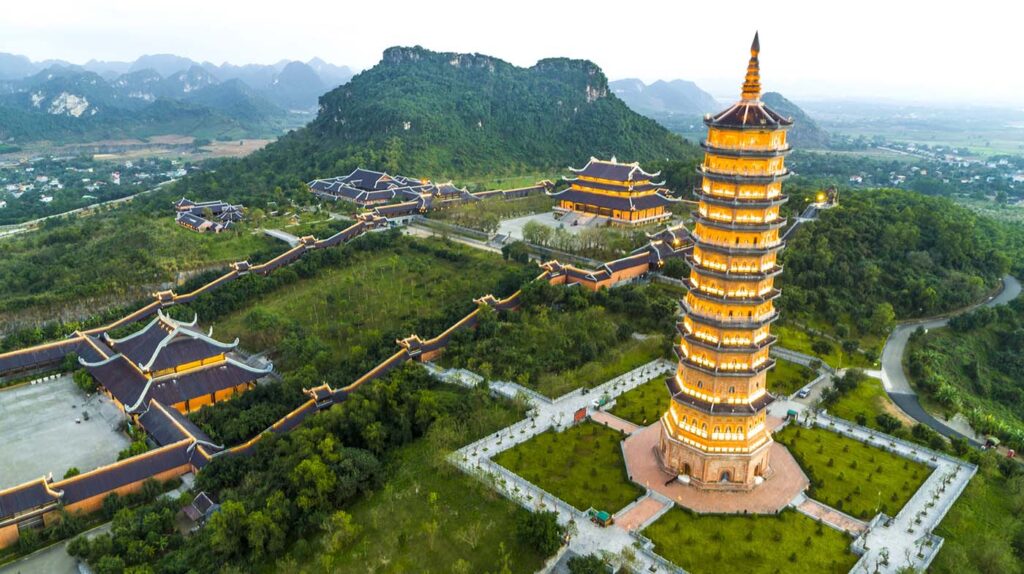
Temple of King Dinh
Coming to the ancient capital, visitors will have the opportunity to admire the temple of King Dinh Tien Hoang – a symbolic work bearing many traditional Vietnamese architectural imprints. King Dinh Tien Hoang, or Dinh Bo Linh, a talented military strategist and an influential leader, defeated 12 warlords and established the Dinh Dynasty, marking an important turning point in Vietnamese history. In 968, after unifying the country, Dinh Bo Linh ascended the throne, named the country Dai Co Viet, and established the capital in Hoa Lu, opening a new period of development for the country.

Located in Truong Yen commune – the center of the Eastern citadel of the ancient capital in the past – the Temple of King Dinh is located in an extremely ideal position: in front is Ma Yen mountain, where the majestic tomb of King Dinh lies, overlooking the beauty of the mountains and rivers.
The temple was started to be built during the Ly Dynasty, imitating the shape of the ancient capital’s architecture, and was later rebuilt during the Later Le Dynasty. The most prominent feature of King Dinh’s temple is the Dragon Bed in the Dragon Courtyard, carved from a single block of green stone with intricate carvings. In addition, King Dinh’s temple is also decorated with many images of dragons, clouds, fairies, flowers, and leaves on wooden and stone pillars, like a vivid picture showing the talent and skill of 17th-century artisans.
Temple of King Le
In 980, King Le Dai Hanh ascended the throne to succeed the Dinh Dynasty, and built many majestic and splendid palaces here. The temple of King Le Dai Hanh is located about 500m from the temple of King Dinh. The temple of King Le attracts tourists with its folk wood carvings with lotus flowers, chrysanthemums, stylized dragons, etc. This is a typical carving style of the Later Le Dynasty, when the wood carving talent of Vietnamese artisans reached a high level of mastery.
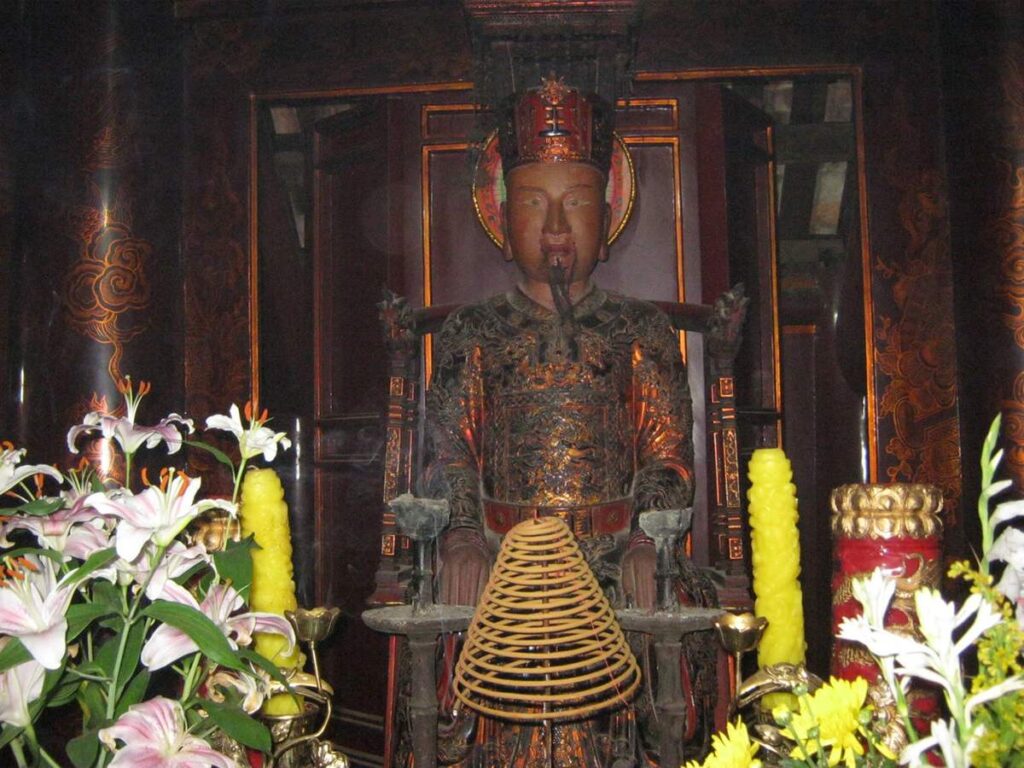
Today, the temple of King Le still has traces of ancient architecture with elaborate carvings and sculptures, and traces of the old palace foundation with ancient ceramics. These precious artifacts are now being stored in the museum room on the left side of the temple.
King Ly Cong Uan moved capital and the stories of Thang Long city (Rising Dragon city)
In 1010, King Ly Cong Uan, the founder of the Ly Dynasty, made an extremely important historical decision: moving the capital from the rugged mountainous area of Hoa Lu to a larger and more fertile land called Dai La. Legend has it that when King Ly Cong Uan’s fleet docked at Dai La, a golden dragon rose from the river. Therefore, the king changed the name of Dai La to Thang Long, meaning “Dragon Rising.” This decision marked a significant turning point in Vietnamese history, symbolizing the nation’s aspirations for growth and prosperity.”

All in all, Hoa Lu Ancient Capital is a fascinating destination, offering a glimpse into the rich history and cultural heritage of Vietnam. From the majestic temples of King Dinh and King Le to the stunning natural landscapes of Trang An and Tam Coc, Hoa Lu has something for every visitor. Whether you are a history buff, a nature lover or simply looking for a peaceful retreat, Hoa Lu is a must-see destination. Don’t forget to contact Trang An Ecorest Resort & Spa if you need any assistance or questions.
Ngọc Huyền
(Image source: Internet)

